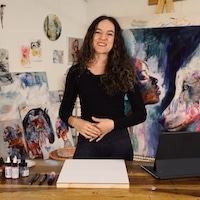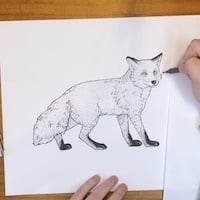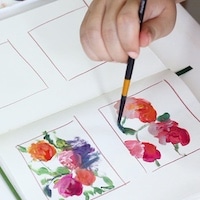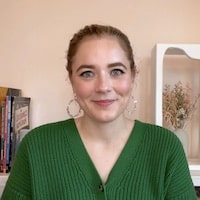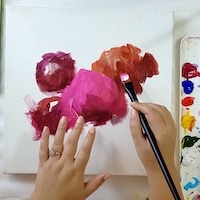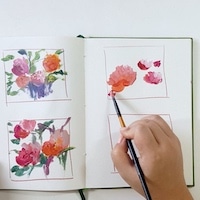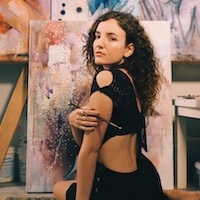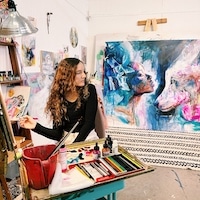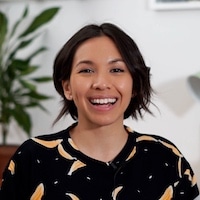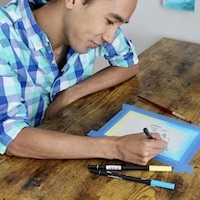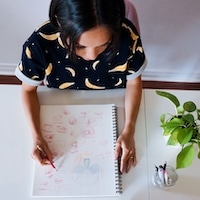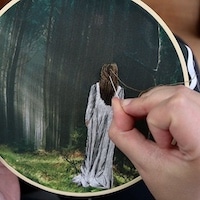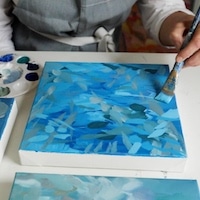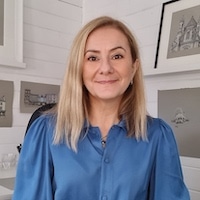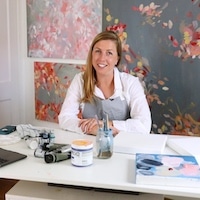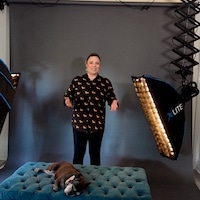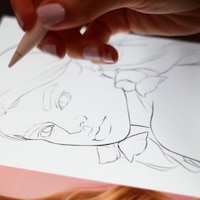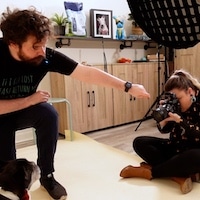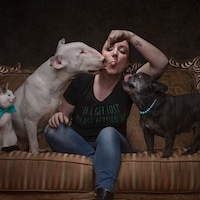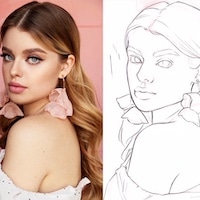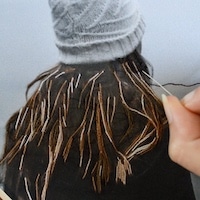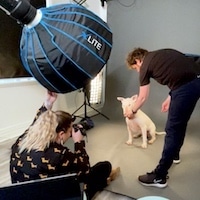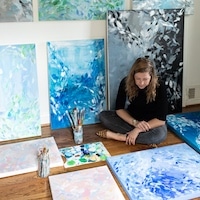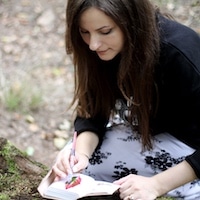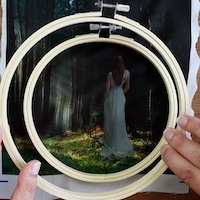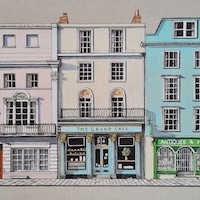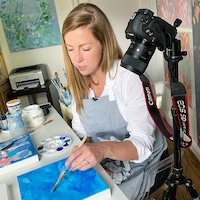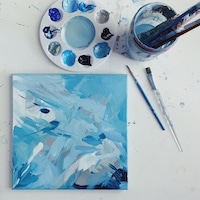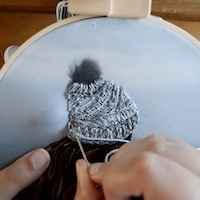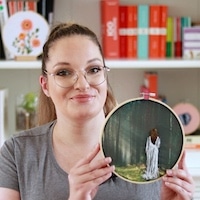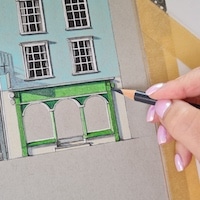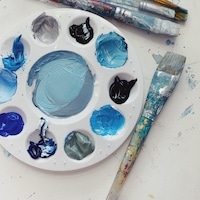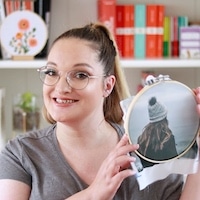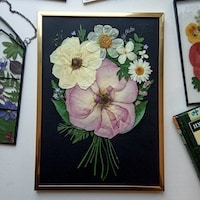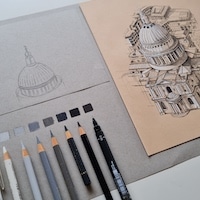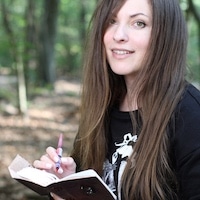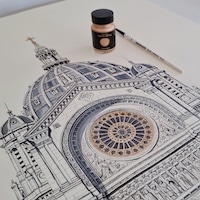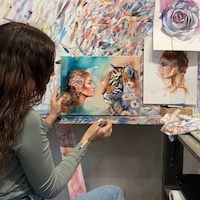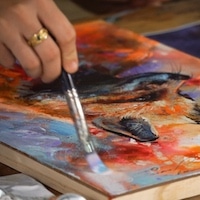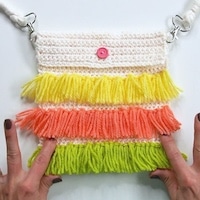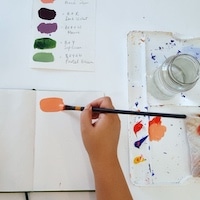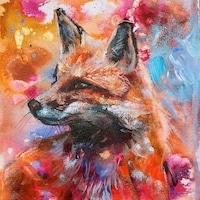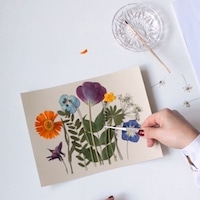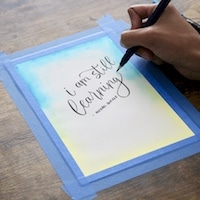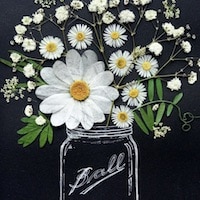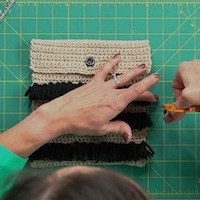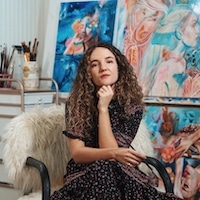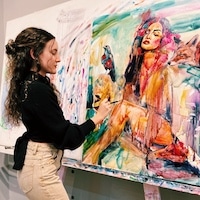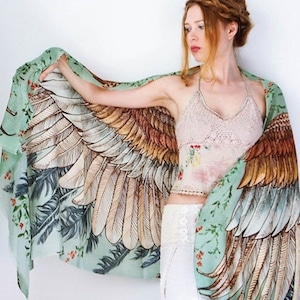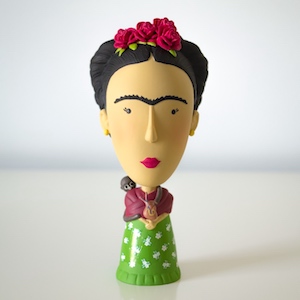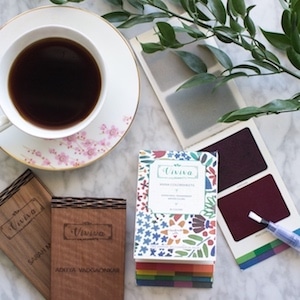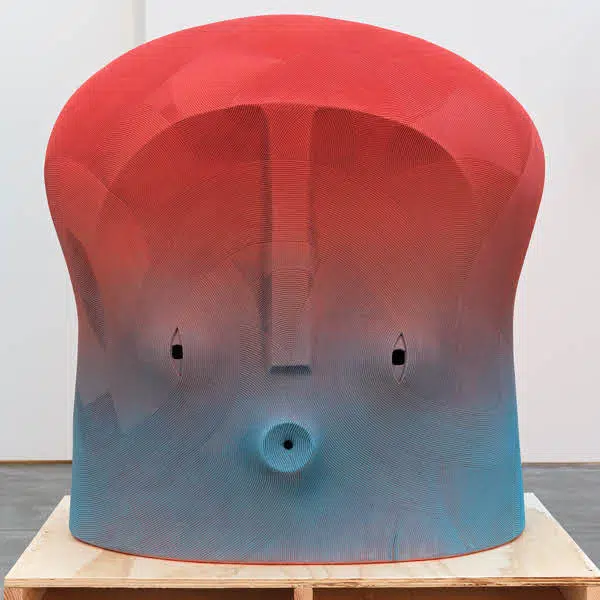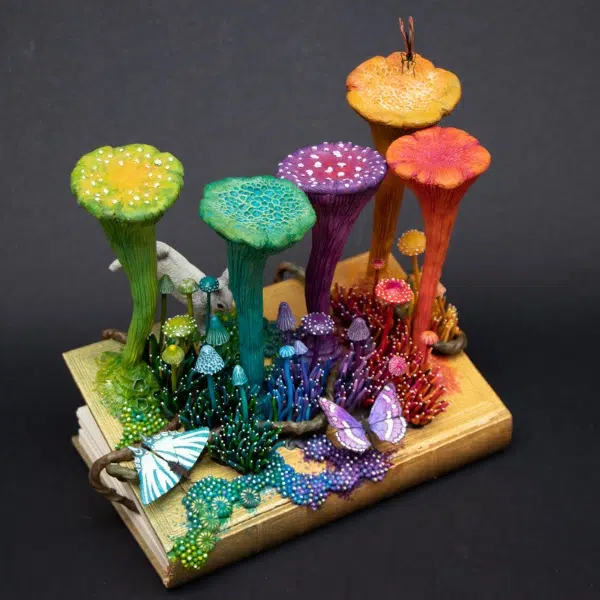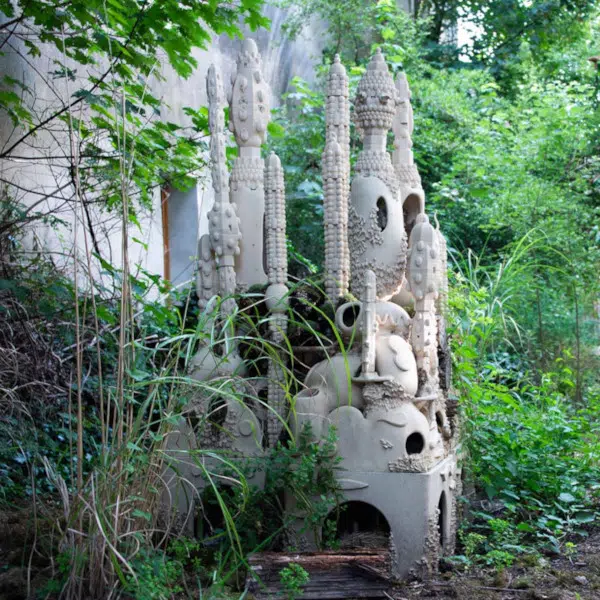
“Turmoil,” 2016. (Photo: JP Bland)
At first, Kate MccGwire imagined herself as a painter. That all changed, however, when she began pursuing a fine arts degree in 1995. During that time, she increasingly gravitated toward what she calls the “physicality of sculpture,” favoring “unconventional, tactile materials” rather than traditional media like bronze, stone, and wood. Soon, she landed on what would come to define her artistic practice for years.
“The use of feathers in my work has become a central theme, representing fragility, transience, and a complex interplay between beauty and discomfort,” MccGwire tells My Modern Met. “Their symbolism often evokes an emotional response that mirrors the delicate balance I aim to strike between aesthetics and visceral presence.”
It’s unsurprising, then, that feathers play a significant role in MccGwire’s upcoming retrospective, Quiver, at Nottingham’s Djanogly Gallery. Spanning over two decades of output, Quiver lays bare the artist’s preoccupation with organic forms, whether they manifest as sleek, serpentine figures or surreal, bone-laden vortexes.
“This exhibition is significant as it represents the first—and possibly only—time a body of work spanning 25 years will be shown together,” MccGwire says. “Coordinating such a large and diverse range of works from various locations has been a complex task, and I feel very grateful to Neil Walker of Djanogly for his incredible ability to pull this all together.”
Given MccGwire’s multifaceted practice, there’s much to enjoy and absorb across the exhibition. Brood 36 Days, for example, stands as one of MccGwire’s favorite pieces on view. Building upon her degree installation at the Royal College of Art, the 2004 sculpture incorporates thousands of wishbones, woven into an intricate spiral formation.
“Brood 36 Days remains significant to me, both as a continuation of that early work and for its ongoing conceptual resonance,” the artist explains. “The work’s connection to that milestone in my career makes it all the more meaningful.”
Pellucid Copse, from this past year, also illuminates the bridges between the artist’s earlier and later work. This particular sculpture references Bridle, a 2001 piece composed of plastic cable ties. In Pellucid Copse, MccGwire expands upon that line of inquiry, instead focusing on the discarded remnants from 3D printing.
“That connection reflects a recurring interest in reimagining overlooked or discarded materials, giving them new life and presence through sculpture,” she adds.
Also present in Quiver are, of course, MccGwire’s iconic feather sculptures, each of which is beguiling, propulsive, and, at the same time, unsettling. Works like Gyre seep out from the wall and coil across the floor in inky, black tendrils, bringing with them an ominous atmosphere. Turmoil and Torsion are more delicate and housed in glass cases, showcasing MccGwire’s sensitivity toward form, movement, and scale.
“There’s a deliberate tension in combining aesthetic beauty with an underlying unease,” MccGwire says. “It’s this juxtaposition that I hope leaves a lasting impression, evoking both wonder and a subtle disquiet.”
Kate MccGwire: Quiver will be open from September 20, 2025, to January 4, 2026, at Djanogly Gallery.
Kate MccGwire’s upcoming retrospective represents the first time that a body of work spanning 25 years will be shown together.

“Gyre,” 2012. (Photo: Matthieu Gauchet)

“Torsion,” 2024.
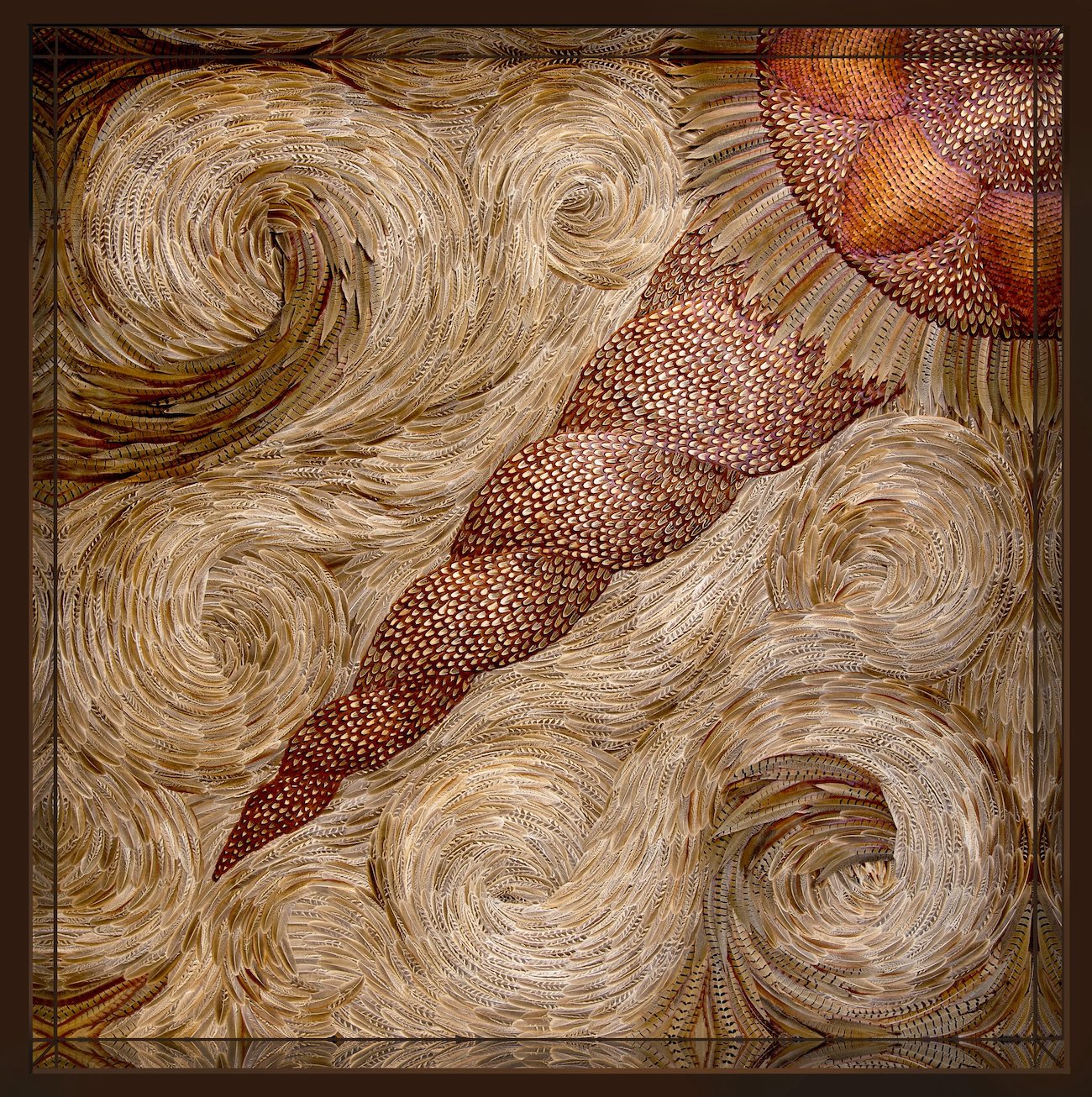
“Cavort West,” 2022 (Photo: JP Bland)

“Discharge,” 2015.

“Quiver,” 2012. (Photo: Bylan Stuart)
The exhibition gathers several of MccGwire’s sculptures, many of which play with themes of fragility, form, tactility, texture, and nature.

“Dissipate,” 2022. (Photo: JP Bland)

“Brood 36 Days.”

“Pellucid Copse” (Photo: Nicolas Brasseur)

Detail from “Pellucid Copse” (Photo: Nicolas Brasseur)

“Plethora,” 2022. (Photo: JP Bland)

Detail from “Plethora,” 2022. (Photo: JP Bland)
Kate MccGwire: Quiver will open at Djanogly Gallery in Nottingham, U.K., on September 20, 2025.

“Sluice,” 2009.
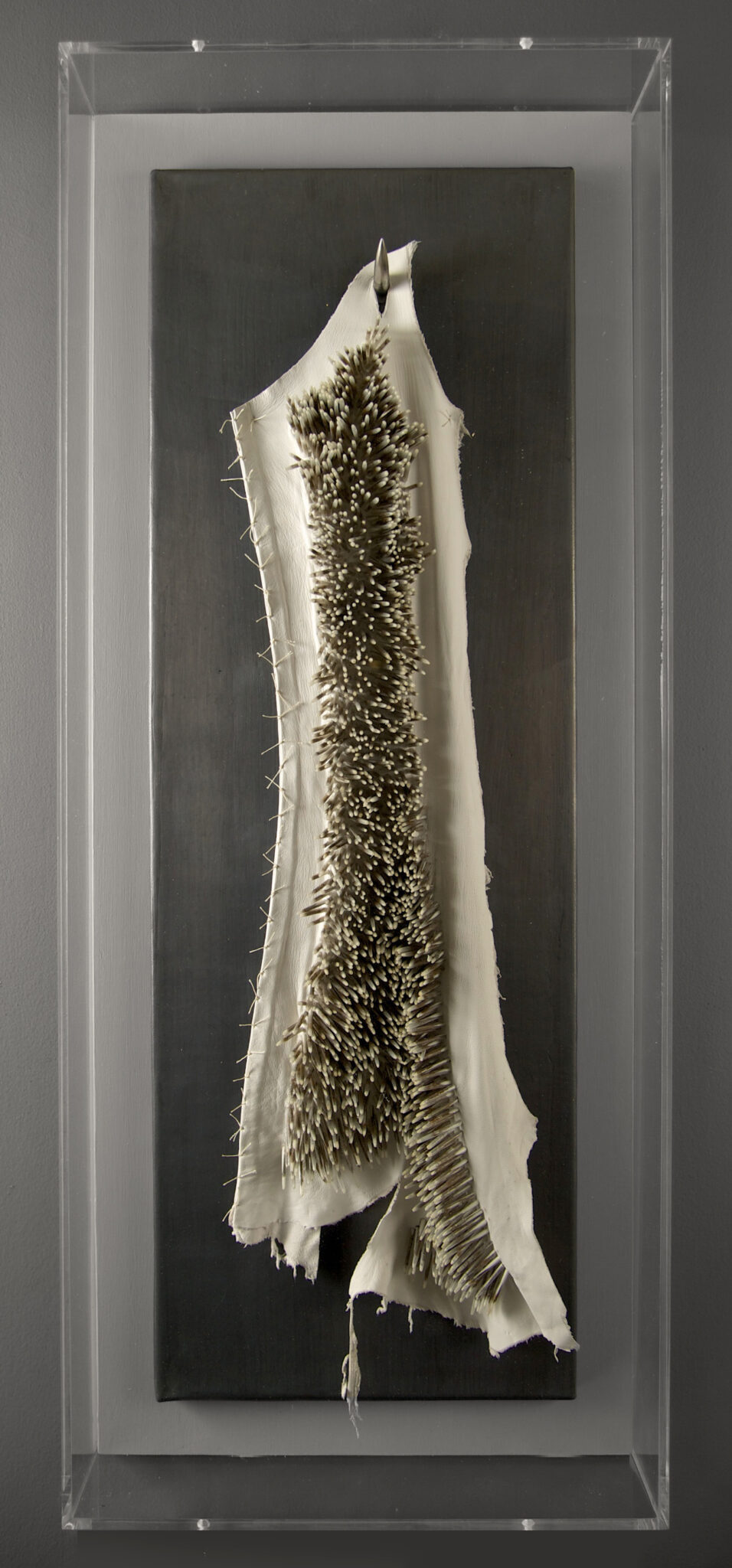
“Pelt,” 2015. (Photo: JP Bland)

Detail from “Pelt,” 2015. (Photo: JP Bland)
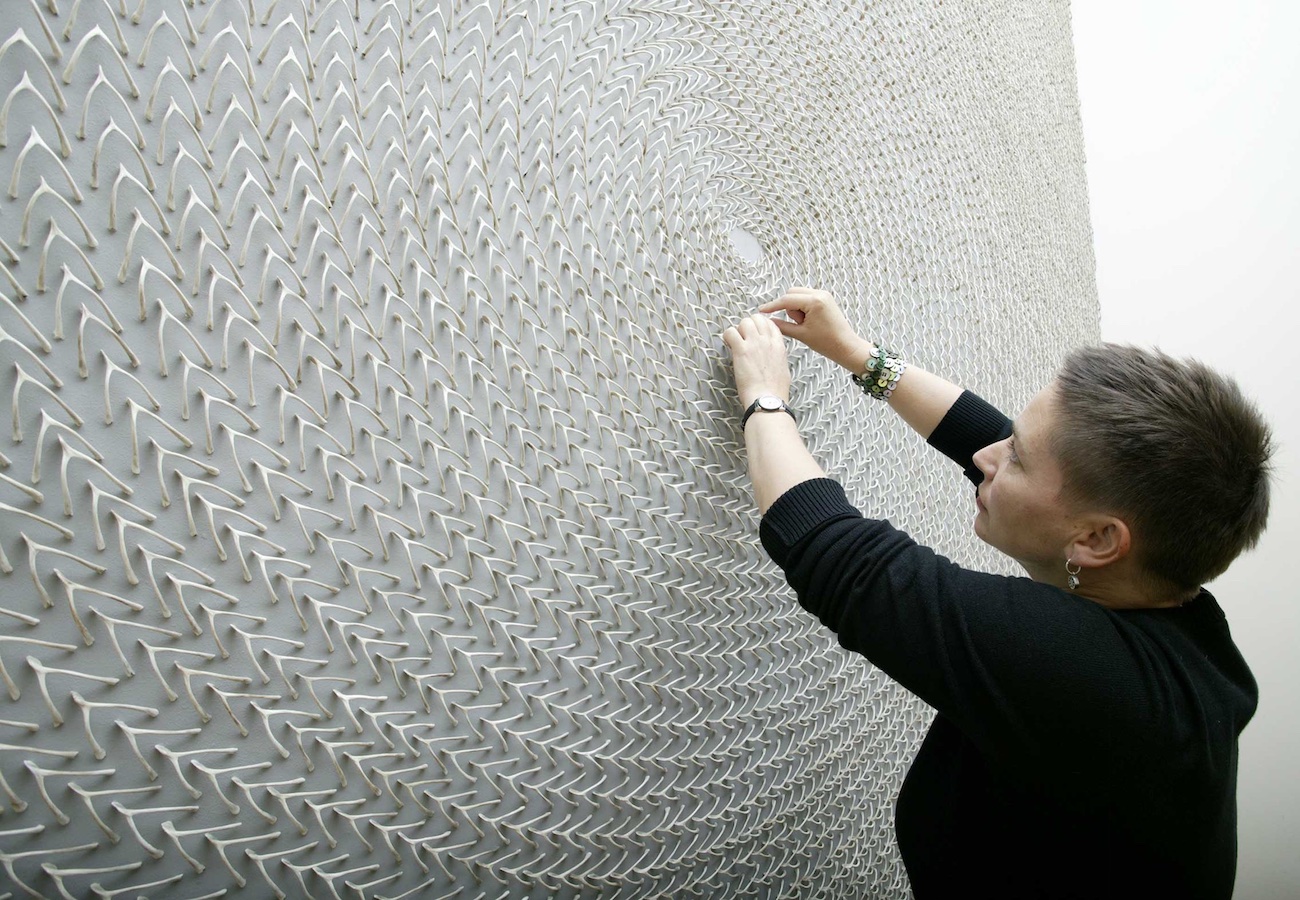
“Brood” (Photo: Jonty Wilde)

